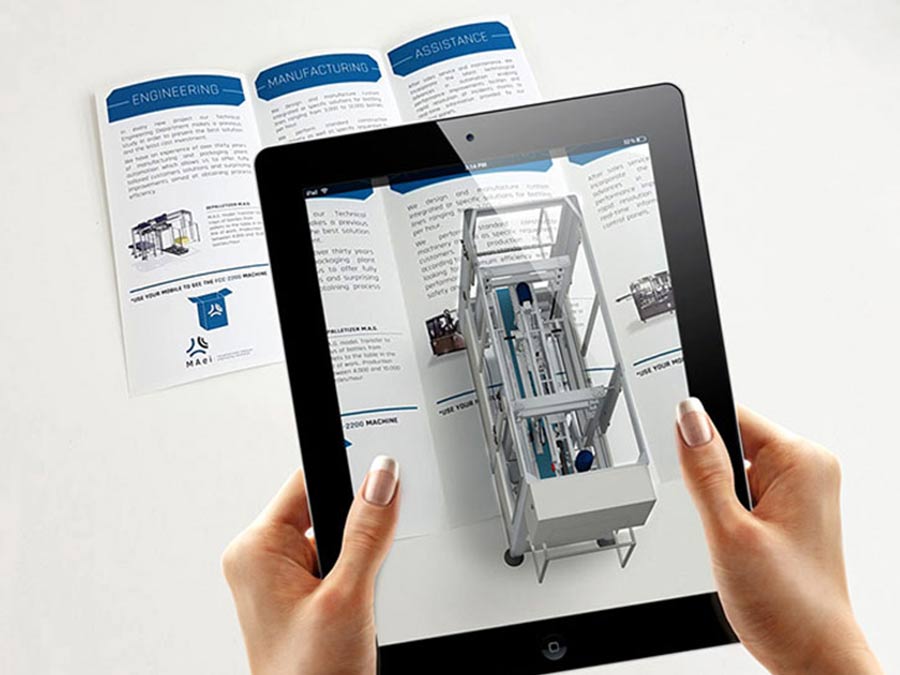Virtual reality (VR) is transforming industries, from gaming to real estate. Now, forward-thinking retailers are leveraging VR to revolutionise shopping. vr catalogue solution enables shoppers to browse products in a fully immersive, interactive virtual environment. Rather than flipping through pages, customers can explore life-like product displays, view details up close, and even test products virtually.For both retailers and shoppers, VR catalogues provide benefits beyond what’s possible in traditional eCommerce. Here are 10 compelling reasons individuals should consider VR catalogue solutions.
1. Experience Products in a Whole New Way
Static images only reveal so much about a product. VR catalogues transport shoppers directly into a lifelike rendering of the product itself. Consider furniture shopping. With a VR catalog, customers can walk around a true-to-life 3D model of a sofa or bed. They can check out the fabric from different angles and test how the piece might look in their own home.VR allows shoppers to experience products like never before. In a recent survey, 61% of respondents said VR gives a better representation of a product than 2D images.
2. Virtual “Try Before You Buy”
Ever bought a piece of clothing online only to find it didn’t fit right or wasn’t as expected? VR can help tackle the guesswork of online shopping via virtual try-on.Makeup brands are already implementing VR try-on, which uses a webcam to apply real-time makeup on the shopper’s face. But the possibilities extend to apparel, eyewear, watches, and more.Ikea’s augmented reality app lets shoppers see true-to-scale furniture in their own space. And startups like Obsess are powering virtual try-on for major retailers. VR provides an exciting “try before you buy” opportunity.
3. Immersive Brand Experiences
Shopping is no longer just about the product. Customers want experiences. That’s where VR really shines.VR enables retailers to immerse visitors in branded worlds tailored to their brand identity. For example, North Face built an alpine VR experience that transports users to Yosemite National Park.Rather than simply seeing products, customers engage with brands on a deeper level. Over half of participants in one VR marketing study came away with more positive feelings about the brand.
4. Entice With Emotion and Excitement
Reading a product description doesn’t tend to stir up emotion. But trying out a product virtually can be emotional, exciting, and memorable.Beauty retailer Charlotte Tilbury’s VR makeup experience combines virtual try-on with video tutorials in an exotic setting. The sensory nature of virtual showcase elicits more emotional engagement.Part of VR’s appeal is it’s still novel and exciting for many consumers. Even a simple integration like a branded VR store provides a sense of innovation shoppers won’t find elsewhere.
5. Boost Confidence For Bigger Purchases
For high consideration purchases, customers need confidence in the product before buying. VR builds confidence by giving shoppers a detailed preview. For automotive research, VR showrooms allow car shoppers to get a feel for vehicles by sitting inside, exploring interior features, and taking virtual test drives.In one study, VR increased car shoppers’ confidence enough that over half said they were more likely to purchase the vehicle after their VR experience.
6. Lower Barriers to Purchasing
VR not only builds confidence pre-purchase but also lowers barriers that prevent consumers from buying. VR makes it easier for customers to find what they need and make informed choices.A jewellery VR catalogue, for example, could allow customers to closely inspect diamonds and cusps of rings. This reduces uncertainty that leads shoppers to postpone jewellery purchases.According to 71% of respondents in an Accenture study, VR will make them more likely to visit a store and purchase. Lowered barriers lead to better conversion.
7. Increase Accessibility
VR expands the ability for retailers to reach customers wherever they are. Shoppers can access VR experiences on smartphones, computers, headsets, and in stores. While VR headsets once required costly PCs, standalones like Meta Quest 2 now provide an affordable entry point for $399. VR commerce is increasingly accessible.Retailers also benefit from being able to provide access to products that are impractical to ship and display. A VR catalogue opens opportunities for more unique product offerings.
8. Get Ahead of the Curve
Like any new technology, early adoption of VR commerce allows retailers to get ahead of the curve before it becomes an expectation. Those who integrate VR now can build expertise and loyal customers.Many industry experts project VR will achieve mass adoption within the next 5-10 years. Unfortunately, the pandemic appears to have set mainstream VR adoption back by a couple years.Still, forward-thinking brands have an opportunity to become leaders. Setting up a basic VR catalogue now lays the foundation to expand capabilities down the road.
9. Hyper-Targeted Marketing
Imagine being able to market products to customers based on interests demonstrated through VR browsing behaviour. VR gathers incredibly rich data that can be used for hyper-targeted marketing. A toy brand could promote blasters to users who spent time interacting in VR. Fashion retailers could push relevant outfit recommendations. According to 72% of brands in a Forrester study, hyper-targeted cross-selling is the top benefit driving their VR strategy. The data possibilities are powerful.
10. New Revenue Opportunities
VR unlocks exciting new revenue streams beyond selling products. Brands can charge for access to exclusive VR experiences or sell digital products only available in the VR world. Digital fashion is projected to grow into an $8 billion market by 2030. Brands can get in on the ground floor by offering virtual clothing and accessories for VR avatars. Selling VR products or experiences creates potential for highly profitable incremental revenue. Offering a VR catalogue gives brands the platform to explore these emerging opportunities.
Conclusion
There’s no better time for retailers to get started with VR catalogues. Partnering with solutions like TREZI allows brands to quickly implement shoppable VR environments to give customers an engaging new way to browse, explore, and buy products. With TEREZI’s VR-first platform, retailers can activate virtual stores and leverage VR product feeds to immerse customers in their brand. The future of shopping is exciting. VR lets retailers write their own story. Will your brand be at the forefront of this revolution? The time to captivate customers and unlock new revenue is now.







1 Comment